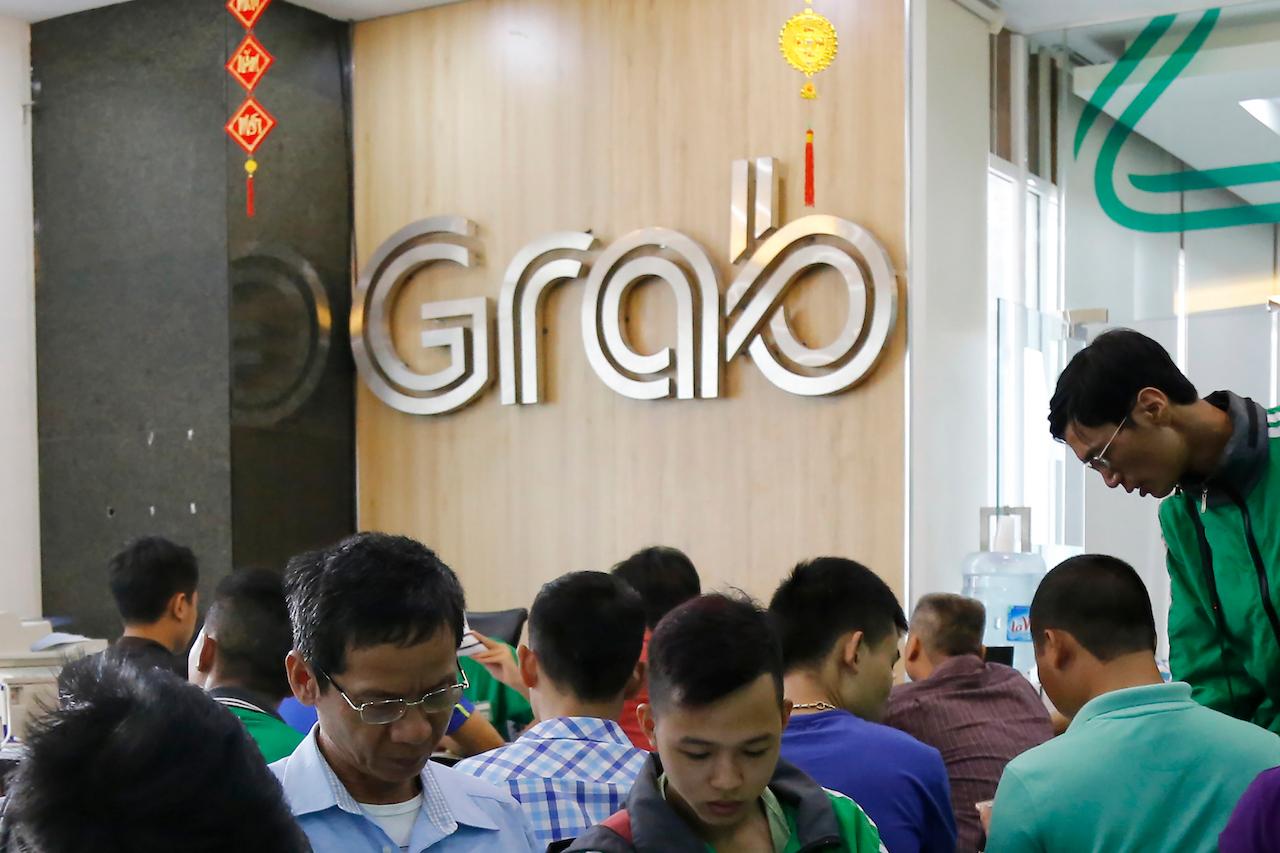Grab founder hails ride to world’s biggest multi-billion-dollar SPAC deal
The US$4 billion fundraising from global investors is set to be the biggest ever US equity offering by a Southeast Asian company.
The CEO of Grab, Southeast Asia’s ride hailing and much more app, has always been determined to win. He made his firm the best-funded regional start-up and quickly went on to defeat mighty Uber.
On Tuesday, Anthony Tan set another record when Grab Holdings agreed to list on American exchange Nasdaq through a US$39.6 billion merger deal with a blank-cheque company, Altimeter Growth, Reuters is reporting.
The transaction will be the world’s largest merger involving what is known as a special purpose acquisition company (SPAC).
The accompanying US$4 billion fundraising from global investors is also set to be the biggest ever US equity offering by a Southeast Asian company.
“Anthony focuses on what to do, and executes it well,” said Chua Kee Lock, CEO of Singapore-based venture capital firm Vertex, an early investor in Grab.
The deals validate the 39-year-old co-founder’s strategy to go hyper local and expand further in a region whose digital economy is estimated to triple to US$309 billion by 2025.
“This might be a precedent set not necessarily just from the point of view of start-ups themselves but from global investors starting to have their eyes open to the Southeast Asian opportunity,” said Usman Akhtar, who leads Bain & Co’s Southeast Asia private equity practice.
Tan and co-founder Tan Hooi Ling, who are unrelated, created Grab from a Harvard Business School venture competition plan in 2011. They launched a taxi app in Malaysia in June 2012 and then took it regional.
What started as a ride-hailing service has now morphed into a sort of a Southeast Asian digital conglomerate. Users can also order food, groceries, or tap into financial services through the app, which the company says has had more than 214 million downloads.
Uber exited the region in 2018 by selling its business to Grab and in return took a stake in the company.
The deal also laid the foundation for Grab’s food delivery business, which has become its largest segment as stay-at-home customers ordered food and groceries online in the pandemic.
But the pandemic also plunged Grab into its biggest crisis after demand for ride-hailing services plummeted, forcing it to lay off about 5% of its staff.
Tan sought advice from his investors and decided to pivot Grab into deliveries and expand its payments business.
Those who have worked with Tan say he is passionate about Grab and has tremendous energy. Last year, when people mostly worked from home in Singapore, Tan often spent 15 hours a day at his standing desk, sometimes exercising with dumbbells.
While Grab is still loss-making like many early-stage high-growth tech companies, Tan said the firm, which has more than 7,000 employees, started thinking about a listing nearly a year ago.
This year, it seriously considered going public via a merger with a SPAC after receiving many offers.
Grab’s funding comes as regional rivals including Gojek and Sea are also bulking up.
“Other entrepreneurs and the region will be able to attract even more capital, because now we’ve shown that investors can make money,” said Tan.
Tech companies view the region of 650 million people as a big opportunity, but the markets’ diversity has tripped up some global firms.
Much of Grab’s success has been due to Tan’s relentless drive to localise. It accepted cash when Uber only allowed card payments. Grab also moved early to offer motorcycle taxi rides in traffic-clogged countries of Vietnam and Indonesia.
After shifting its headquarters to Singapore, Grab gained access to some of the world’s biggest investors and talent.
Tan’s sharp focus allows Grab to go very deep into the eco-system and be relevant across a person’s everyday life.
Grab now has a major tailwind as online penetration in Southeast Asia accelerates.
Subscribe to our newsletter
To be updated with all the latest news and analyses daily.
